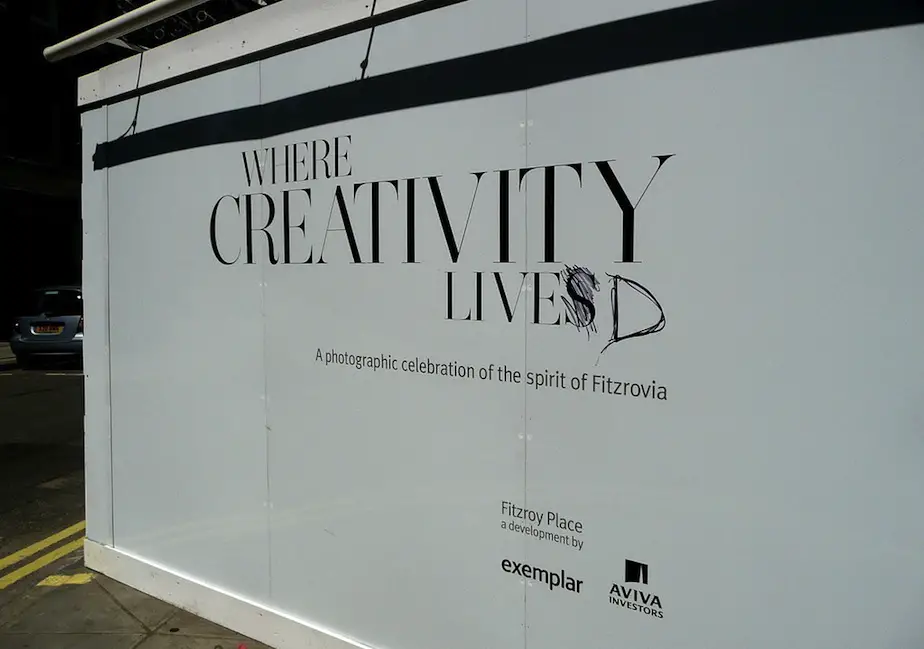I was out one night with a friend, who is a foreign exchange student, and was trying to get a taxi to her apartment. Stepping onto the street from Union Square Park, in the heart of San Francisco, she began waving several down, only to watch them go by already with passengers. So, being the gentleman, I stepped out myself, and was ignored by another half-dozen, before finally getting one to stop.
“Must be nice being white,” she quipped, as we rolled into the backseat following the twenty-minute ordeal.
Whether or not her discrimination theory (ever the popular one to use when hailing cabs) had any validity, another hard truth certainly does: hailing them in San Francisco is difficult and time-consuming. While a visitor, perhaps unaware of how else to navigate the city, might crack this up to market failures, anyone well-versed in local politics knows better.
For decades, the taxi industry here has been heavily regulated. But unlike in other industries, where regulations merely add to overhead costs, the ones for taxis are more blatant—there is indeed a limit, imposed by the Municipal Transportation Agency (MTA), on the number allowed in the city. This was established in 1978, when a previous agency distributed 1,500 taxi medallions. These medallions enabled owners to lease out their vehicles when not using them, a policy which today produces 5,000 drivers.
But this number, as the industry recognises, is now too low. Currently there’s a waiting list of another 1,500 drivers who want medallions, but can’t get one until someone else retires. Many have been on the list for fifteen years, having settled in the meantime for employment under existing holders. But they persist—despite annual fees demanded of them by the MTA— because of the financial windfall that will be available if they ever receive a medallion.
The MTA also recognise this windfall. In 2010, it experimented with medallion transfers that would cost each new recipient $250,000, with the agency itself getting a cut. This outraged drivers on the list, who noted that medallions before had been free, and that this new, arbitrary expense might hurt their chances at ownership. But the MTA remained unfazed: last August they raised the fee to $300,000, and their own cut to 50%. This is predicted to generate $22 million for the agency, of course at the expense of future cab owners—and their customers.
The question is, having recognised the undersupply of medallions, and their value, why doesn’t the MTA just produce more? Even the 200 that it recently added will only be temporary. The reason is that it doesn’t want to expose current medallion holders to increased competition—a point that draws little sympathy, say, from any cab hailer whose ever stood alone endlessly waiting, late at night, along the physical and moral wind tunnel that is Market Street.
Unfortunately, regulations on San Francisco taxis don’t just emanate from the city, or only onto businesses with actual vehicles. Last November, the California Public Utilities Commission fined three of the city’s start-ups—Uber, SideCar, and Lyft—for their indirect effect on the market. These companies have created phone applications that link cab riders to nearby drivers, while predicting wait times and processing credit cards beforehand. The commission, seemingly unable to make distinctions, charged the companies with running unlicensed limo services. This confounded SideCar CEO Sunil Paul, who explained that his company is nothing but a digital-style middleman. Instead calling the company a limo service, he claimed, “it is like saying Airbnb is a hotel chain,” or Travelocity an airline.
The commission defended the fine by claiming that these start-ups failed to ensure that the drivers they advertised are licensed. But such drivers already undergo licensing tests with their employers, making this requirement duplicative. The likelier explanation for the crackdown, here and in other cities, is that because these companies advertise alternate services, like limos and livery cabs, they face resistance from municipalities and unions trying to protect their taxi monopolies.
In San Francisco, this garbled mess of licenses, regulations and fines are designed less to protect unions, than the aforementioned drivers, who, according to Robert McNamara of the Institute of Justice, “think it would be great if no one could compete with them.” But they certainly don’t help aspiring drivers, who find themselves stifled within an industry generally known for its bottom-up entrepreneurship. Nor do they help consumers, who are hit with higher prices and outdated services, and who must practically do jumping jacks in the street if wishing to get a lift.
Scott Beyer is living in different cities on a month-to-month basis to write the chapters of his new book about revitalising U.S. cities. He blogs at Big City Sparkplug
Photo: Christopher Berggren


